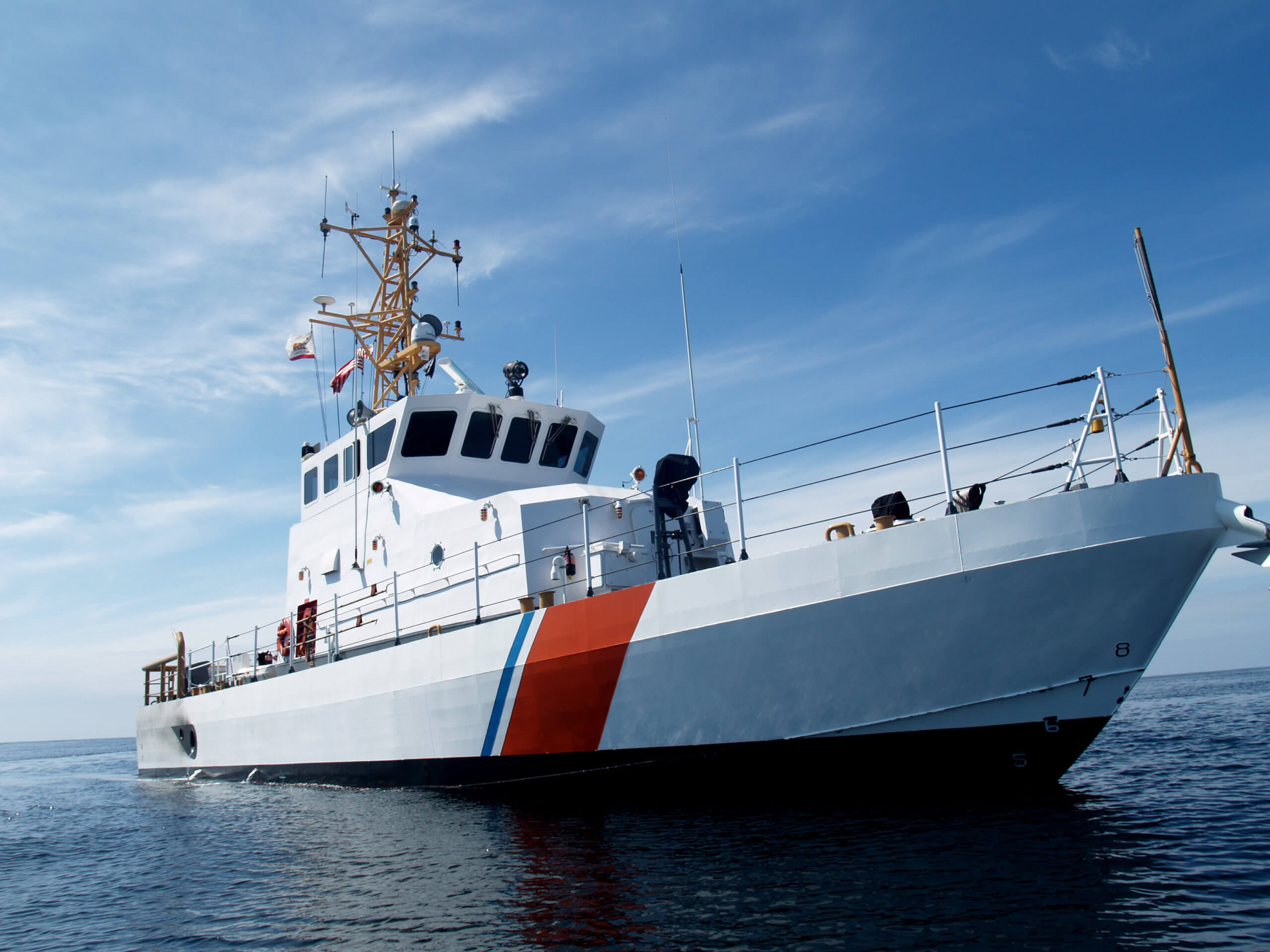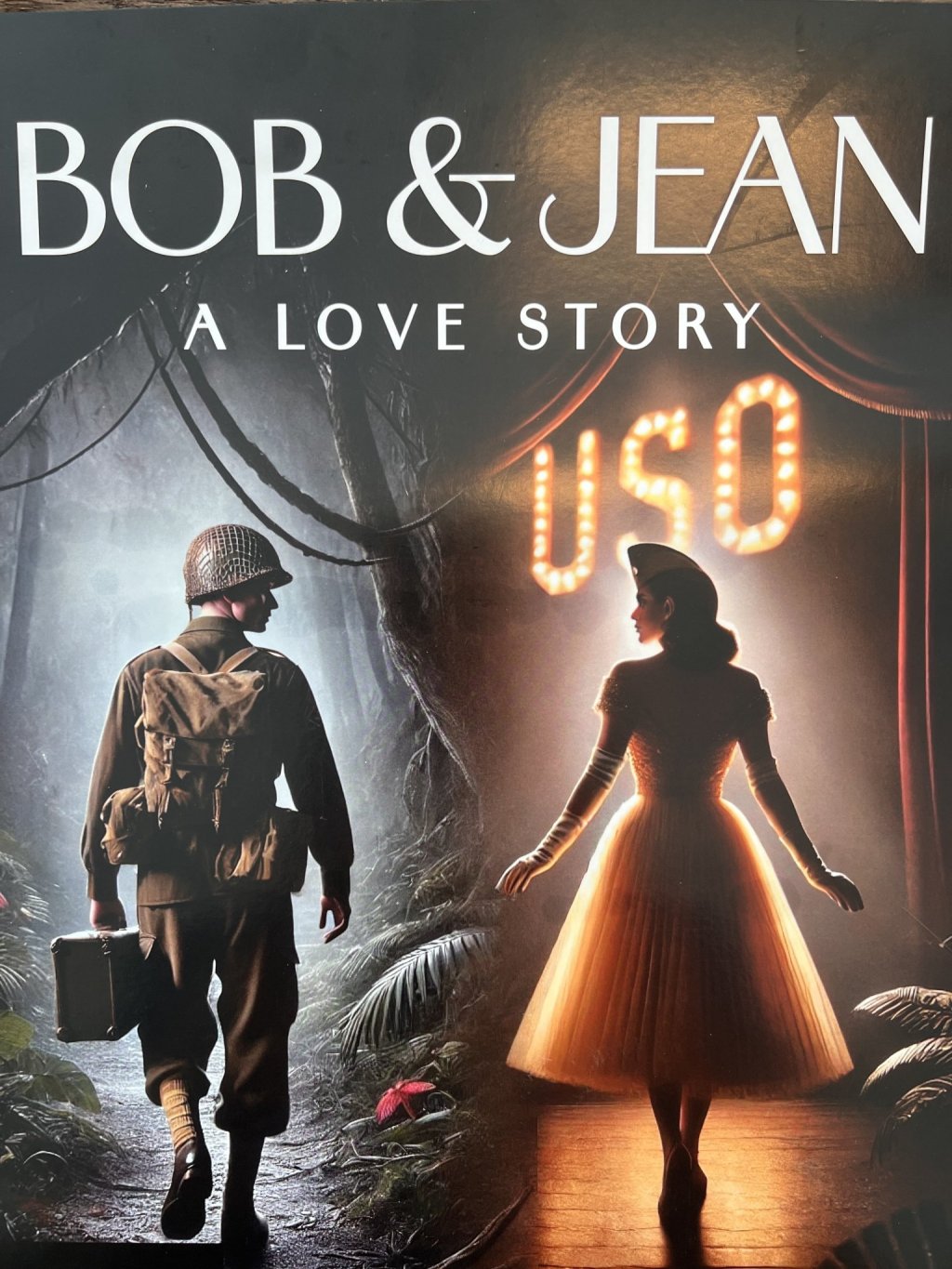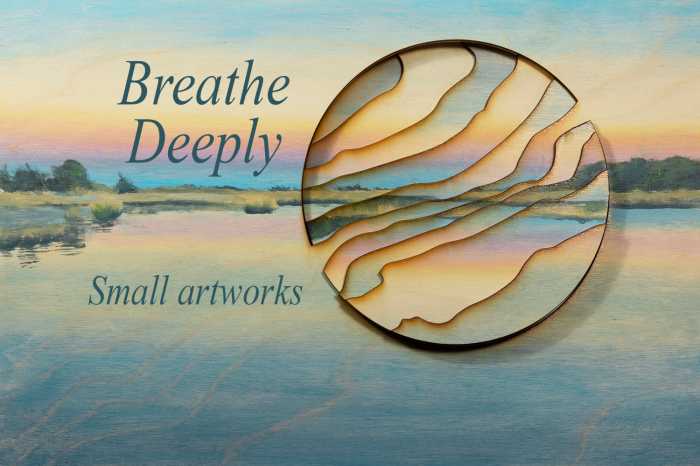AIS And The Private Boater

In the “technology gamesmanship” between the haves and the have nots, each time two mariners (or golfers, tennis aficionados, or “Internuts”) get together, inevitably the “tech question du jour” comes up. In our father’s days, it was, “Did you get a VHF radio yet?” or perhaps a “What do you think about LORAN?” In our younger days, it was, “Hey, have you put GPS aboard yet? I have and it is faaaaanntastic!”
As the price of hardware came down, we even got into discussions about radar, which for most people was considered only a tool for the military and commercial mariners. But, for the same reason (lowering costs), now AIS is part of the tech jargon.
AIS Is What?
AIS is the Automatic Identification System, operated by the U.S. Coast Guard. The International Maritime Organization’s International Convention for the Safety of Life at Sea requires AIS to be fitted aboard international voyaging ships with gross tonnage of 300 or more, and all passenger ships regardless of size. It is estimated that more than 40,000 ships currently carry AIS class A equipment. Clearly, by the prior description, it is and has been intended for the “big boys.” What does it do? It links all AIS-equipped vessels together via satellite/GPS technology.
Well, doesn’t my radio do that essentially? Not unless you or the opposing skipper see each other and decide to open up a channel. AIS broadcasts continuously. And it broadcasts plenty — directly on to your radar screen, or chart plotter, or GPS screen. It will tell you, for any AIS-equipped ship within VHF-radio range, its speed and heading, which is critical in understanding if there is a threat of collision. It will also tell you when and where it will happen if both of you maintain your present course and speed (that’s when the Closest Point of Approach, is zero.)
But any good radar system these days will give you that data. True. If the radar sees the opposing vessel, it can. While many objects can block a radar return, VHF goes in a straight line, to infinity essentially, and won’t be (completely) blocked by bridges, wave or rain scatter, and the like.
It will even give you the vessel’s name among other characteristic information so, when you put out a “security call” during a transit (“secure-a-tay, secure-a-tay, secure-a-tay, this is the M/V Charlie westbound on the rhumb line from Montauk to New York City, all vessels on opposing course, please be advised”), you can say, “Hailing M/V Monica, eastbound on the rhumb line from New York City to Montauk, this is the M/V Charlie on a reciprocal course, 10 miles ahead. Suggest we both go to starboard and open up a lane between us.” That’s technology reducing risks at sea.
The U.S. Coast Guard has noted that AIS might replace RACONs, or RAdar beaCONs, currently used for electronic navigation aids. And, if buoys and beacons can transmit their data, it will be a further aid when aid is mostly needed — when there is poor visibility and crowded seaways.
And don’t be surprised if you hear about Virtual AIS. In one example, an AIS transmission describes the position of a buoy but the signal itself originates from a transmitter located in a USCG station miles away and on land.
For example, an on-shore base station might broadcast the position of a string of channel markers, each of which is too small to contain a transmitter itself. In another example, AIS could transmit the image of a marker, which does not exist physically but now marks a transient situation, like a sunken vessel or channel that had shoaled over. Although such aids would only be visible to AIS-equipped ships, this would be a lot cheaper — and faster — than physical markers.
Should I Get One!?
AIS transponders come in two classes. Class-A really is for the big guys — it is a fully integrated system, costing $3000 to $5000, and is technologically beyond most private skippers in complexity and size. With that said, for $600 to $900, there is a Class-B transponder, which can be integrated into your existing electronics package. The best device to integrate it with is your chart plotter. And, most important, Class-A AIS systems can see Class-B and vice-versa.
One last thing: AIS “hates” to be close to AIS, meaning, it is self-alarming. You set the perimeter or zone of safety and, if another AIS-equipped boat enters that zone, the alarm goes off. And, on your chart plotter, you see its heading, speed, position, and name. Immediately.
By the way, if you are interested in being part of USCG Forces, email me at JoinUSCGAux@aol.com or go directly to the D1SR Human Resources Department, which is in charge of new members matters, at DSO-HR and we will help you “get in this thing . . .”









